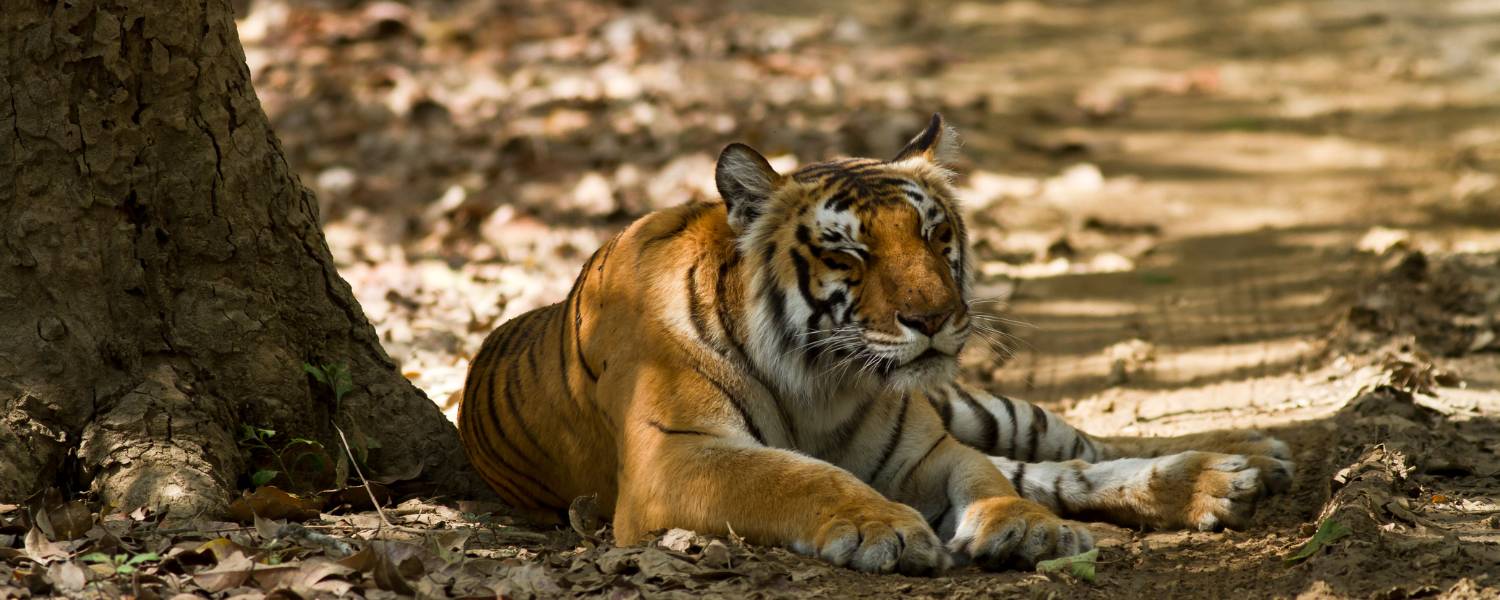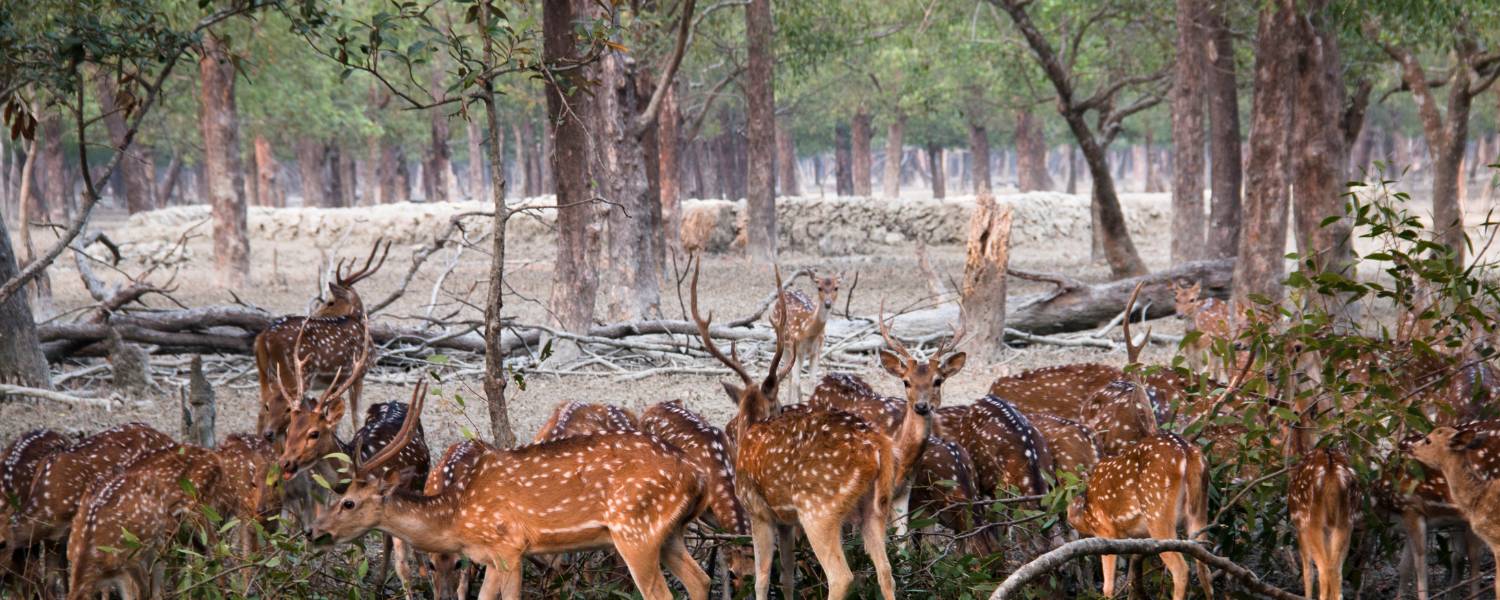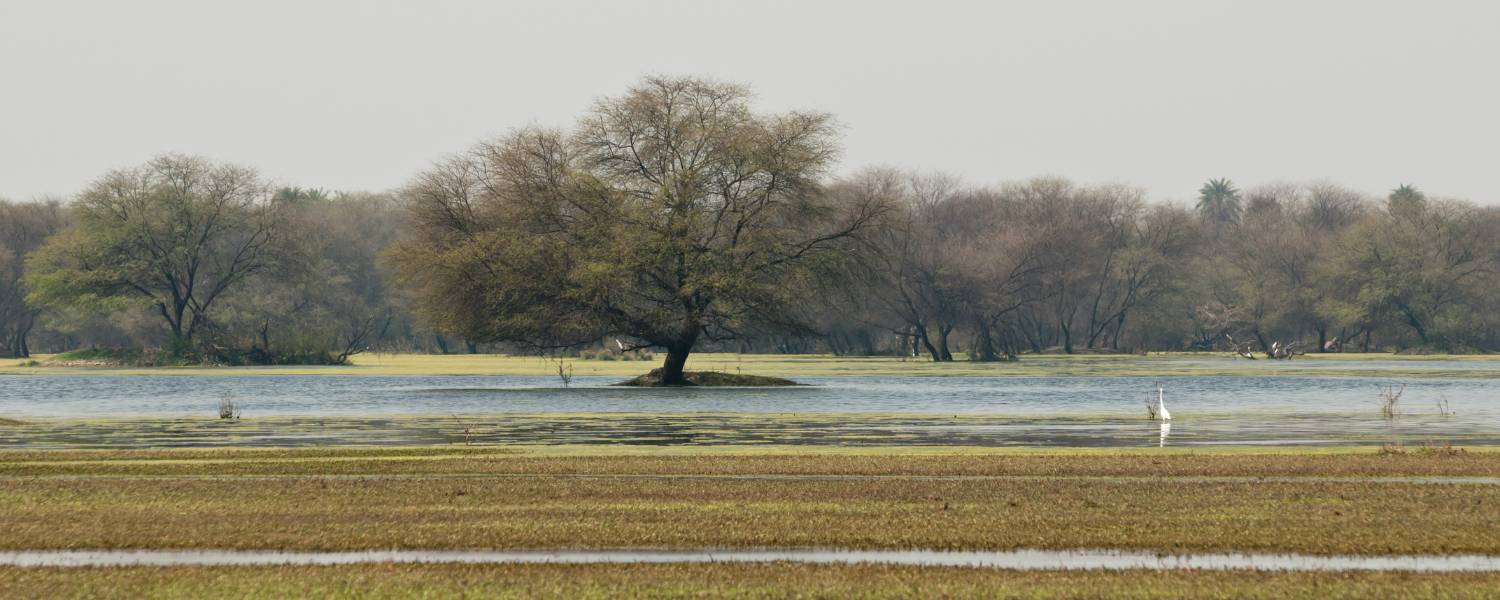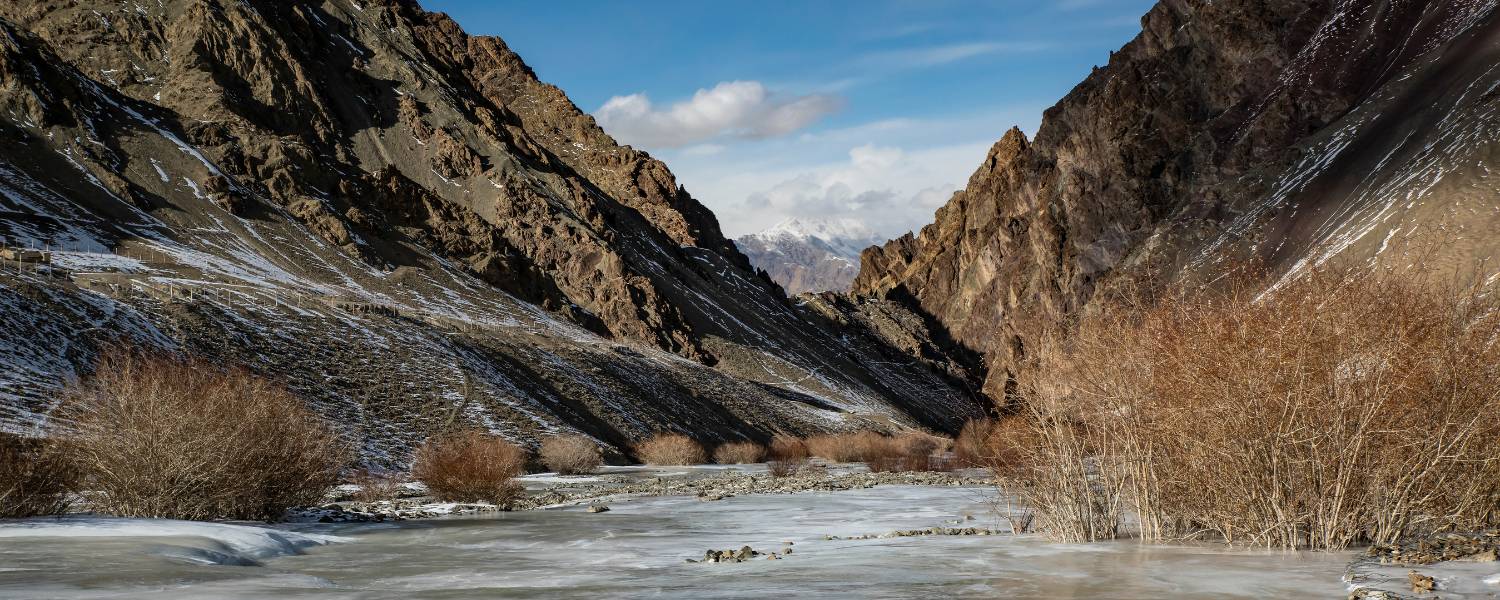In this blog, we will explore the top 15 national parks in India that you must include in your travel itinerary.
Embarking on a journey through the heart of India’s rich biodiversity, the national parks in India offer an unparalleled opportunity to witness the country’s diverse wildlife in their natural habitat.
In the heart of the Indian subcontinent lies a tapestry of biodiversity that beckons adventure seekers and nature enthusiasts alike.
India, with its diverse landscapes and rich ecosystems, is home to some of the most captivating national parks in the world.
We will go on an enthralling journey through the wild terrains and lush jungles, exploring the unparalleled beauty of the Safari Wilderness
The top 15 national parks in India that you must include in your travel itinerary
From the towering peaks of the Himalayas to the sun-kissed shores of the Bay of Bengal, these national parks in India stand as guardians of the country’s unique flora and fauna, offering an immersive experience of the wonders of the natural world.
With its varied climatic zones, India stands as one of the world’s biodiversity hotspots.
The national parks scattered across the country are pivotal in preserving this incredible wealth of flora and fauna.
From the tropical rainforests of Silent Valley National Park to the alpine meadows of Valley of Flowers National Park, each destination encapsulates a unique ecosystem.
The phrase “national parks in India” becomes a testament to the country’s commitment to safeguarding its ecological treasures, ensuring that future generations can marvel at the same natural wonders.
1. Jim Corbett National Park

Located in the Himalayas, Jim Corbett National Park is a pioneer in wildlife conservation in India.
Founded in 1936, it holds the honour of being the oldest national park in the country.
Renowned for its Bengal tigers and diverse flora, this national park in India provides a captivating introduction to the country’s rich wildlife.
2. Ranthambore National Park

Moving towards the northwest, Ranthambore National Park in Rajasthan is a testament to the coexistence of nature and history.
The park has ancient ruins and a formidable fort, adding a unique charm to your wildlife safari.
Ranthambore is home to the elusive Royal Bengal tigers and offers a blend of history and wildlife that will captivate any visitor.
3. Sundarbans National Park

Venturing to the eastern part of India, the Sundarbans National Park is a true marvel of nature.
Here, you can witness the symbiotic relationship between the majestic Bengal tiger and the intricate network of waterways that crisscross the park.
4. Bandipur National Park

As we move down towards the southern part of India, Bandipur National Park in Karnataka stands out as a prime example of successful wildlife conservation.
Home to various species of flora and fauna, this national park in India is a haven for wildlife enthusiasts, offering an excellent opportunity to spot elephants, deer, and various species of birds.
5. Periyar National Park

Periyar National Park is a treasure trove of biodiversity. The park offers boat safaris, providing a unique perspective on wildlife.
Elephants, tigers, and various species of deer inhabit this lush landscape, making it a must-visit destination for nature lovers.
6. Kaziranga National Park

Kaziranga Park in Assam in Assam is a World Heritage Site and a stronghold for the endangered Indian one-horned rhinoceros.
The park’s vast grasslands and wetlands create an ideal habitat for various species, including tigers and elephants, and an incredible diversity of birdlife.
7. Keoladeo National Park

Formerly known as Bharatpur Bird Sanctuary, Keoladeo National Park in Rajasthan is a haven for bird watchers.
This UNESCO World Heritage Site attracts migratory birds from as far as Siberia, making it a paradise for ornithologists and nature photographers.
Amidst its serene wetlands, one can witness the harmonious coexistence of diverse bird species.
8. Gir National Park

Known as the last refuge of the Asiatic lion, Gir National Park in Gujarat is a symbol of successful conservation efforts.
The park’s rugged terrain and deciduous forests provide a unique setting for observing the majestic Asiatic lions in their natural habitat.
Gir National Park is a testament to India’s commitment to preserving endangered wildlife.
9. Hemis National Park

In the trans-Himalayan region of Ladakh, Hemis National Park stands as a stark yet mesmerizing landscape.
This national park in India is renowned for its snow leopards and high-altitude wildlife.
The rugged mountains, deep valleys, and pristine lakes make it a challenging yet rewarding destination for adventure seekers and wildlife enthusiasts.
10. Valley of Flowers National Park

Transitioning to the western Himalayas, the Valley of Flowers National Park in Uttarakhand is a vibrant spectacle of blooming flowers.
This national park is a haven for botanists and nature lovers. The meadows, surrounded by snow-capped peaks, burst into a riot of colours during the monsoon, creating a surreal landscape.
11. Pench National Park

Straddling the border between Madhya Pradesh and Maharashtra, Pench National Park inspired Rudyard Kipling’s “The Jungle Book.”
This park offers a mix of deciduous forests, grasslands, and water bodies, providing a diverse habitat for tigers, leopards, and various species of deer.
The Pench River flowing through the park adds to its scenic charm.
12. Nagarhole National Park

Nagarhole National Park in Karnataka is part of the Nilgiri Biosphere Reserve.
The park’s lush forests, meandering rivers, and serene lakes create a perfect setting for wildlife enthusiasts.
Elephants, tigers, and numerous species of birds call this national park home, offering a captivating safari experience.
13. Bannerghatta National Park

Located near the bustling city of Bangalore, Bannerghatta National Park is a unique blend of wildlife conservation and eco-tourism.
The park houses a zoo, a butterfly park, and a safari area, making it an ideal destination for a family outing.
It serves as a green oasis amidst urban development, highlighting the importance of preserving natural habitats.
14. Silent Valley National Park

Silent Valley National Park is a biodiversity hotspot in the beauty of Western Ghats of Kerala.
This national park is known for its ancient tropical rainforests and diverse flora and fauna.
The Kunthi River flowing through the park adds to its serene beauty, making it a haven for nature lovers and those seeking tranquility.
15. Simlipal National Park

Our journey concludes in the eastern state of Odisha with Simlipal National Park, a pristine wilderness of the Mayurbhanj Elephant Reserve.
The park is known for its diverse ecosystems, including grasslands, waterfalls, and dense forests.
Bengal tigers, leopards, and elephants roam freely in this untouched wilderness, offering a true safari adventure.
Conclusion
In the realm of travel and adventure, exploring the national parks in India is not just a journey; it is an odyssey through the heart of a diverse and enchanting wilderness.
These national parks, scattered across the length and breadth of the country, serve as sanctuaries for some of the most magnificent creatures and showcase the breathtaking beauty of India’s landscapes.
The allure of the safari wilderness in these national parks in India is irresistible, making them must-visit destinations for anyone seeking an immersive and awe-inspiring encounter with nature.
As we reflect on India’s top 15 national parks, it becomes evident that each park contributes uniquely to the rich tapestry of the country’s biodiversity.
From the dense jungles of Jim Corbett to the rugged terrains of Gir and from the tranquil wetlands of Keoladeo to the lofty peaks of Hemis, these national parks encapsulate the essence of India’s natural heritage.
The variety of ecosystems, from mangrove forests to high-altitude plateaus, highlights the diverse habitats that support a wide collection, making the national parks in India truly exceptional.
Beyond their ecological significance, these national parks in India also play a crucial role in wildlife conservation.
Wilderness Wonders: Exploring India’s Top 15 National Parks
The efforts to protect endangered species, such as the Indian one-horned rhinoceros in Kaziranga or the Asiatic lion in Gir, underscore the commitment to preserving the country’s unique and endangered wildlife.
The national parks in India serve as living laboratories for researchers and conservationists, contributing to our learning of the light symmetry between human activities and the needs of the natural world.
For the avid traveller seeking an immersive and unforgettable experience, a journey through the national parks in India is a revelation.
Whether it’s the thrill of spotting a tiger in Ranthambore, the serenity of a boat safari in Periyar, or the vibrant explosion of colours in the Valley of Flowers, each national park offers a distinct and memorable adventure
. The allure of the safari wilderness is not just about witnessing majestic creatures; it’s about connecting with nature profoundly and fostering a sense of responsibility for its preservation.
In essence, India’s top 15 national parks beckon explorers to embark on a safari wilderness expedition that transcends the ordinary.
They invite you to step into the heart of the wild, where the rustle of leaves, the call of exotic birds, and the sight of feral beasts create a symphony of nature’s wonders.
These national parks embody the spirit of conservation, adventure, and appreciation for the natural world, making them indispensable destinations for those seeking to connect with the magnificence of India’s landscapes.
So, pack your bags, don your safari gear, and set out to witness the magic that unfolds in the national parks of India, where every step is a journey into the soul of the wild.










